Interpretation / Telehealth Interpreting
Talk to Patients in Any Language. Telehealth Interpreting, Simplified.




HIPAA-compliant
Telehealth Interpreting Made Simple
Why Telehealth Interpreting Matters
Enhancing Patient Safety
Miscommunication can lead to misdiagnosis, medication errors, and poor follow-up. Interpreters trained in medical terminology help ensure accuracy and clarity in every patient interaction.
Building Patient
Trust
When patients feel understood, they’re more likely to engage, follow treatment plans, and return for future care. Language access builds trust and trust drives long-term loyalty and satisfaction.
Ensuring Legal Compliance
Federal regulations like Title VI and Section 1557 mandate language access in healthcare. Telehealth interpreting helps providers stay compliant while delivering care that’s inclusive, equitable, and culturally sensitive.
Closing Language Gaps
Telehealth opens doors to accessible care, but language barriers can quickly close them. Interpreting services ensure patients can understand, participate in, and make informed decisions about their health, no matter what language they speak.
Why Choose Our Telehealth Interpreting?
Pay-Per-Use Model
Only pay for what you use. No monthly fees, no wasted minutes. Our flexible, pay-as-you-go platform ensures you get the interpreting support you need, when you need it, without unnecessary overhead.
On-Demand Access
Access professional interpreters in under 30 seconds via video or phone or schedule ahead for patient appointments, consultations, or therapy sessions.
HIPAA-Compliant & Secure
We use end-to-end encrypted platforms that are fully HIPAA compliant, ensuring patient confidentiality and privacy at every step.
TLD has provided interpretation services across the United States for over 25 years. Many Fortune 500 companies and government agencies trust The Language Doctors with their interpretation and translation requirements. We pride ourselves on delivering high-quality service and our unique ability to have an expert translator onsite anywhere in the United States within 24 hours.
The Language Doctors is a multi-certified organization:
ISO 17100 Certified
HIPAA Compliant
HUBZone Certified
GSA Schedule Holder

Our Clients
Trusted by many government agencies
and Fortune 500 companies:
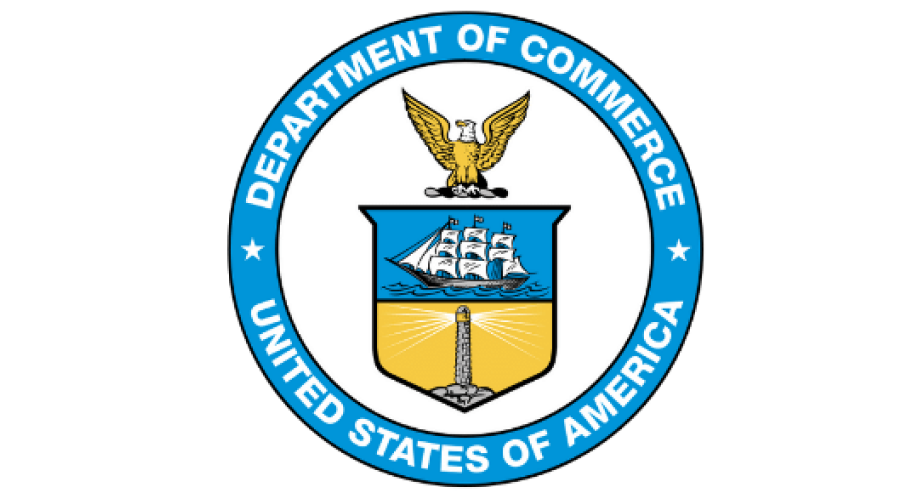


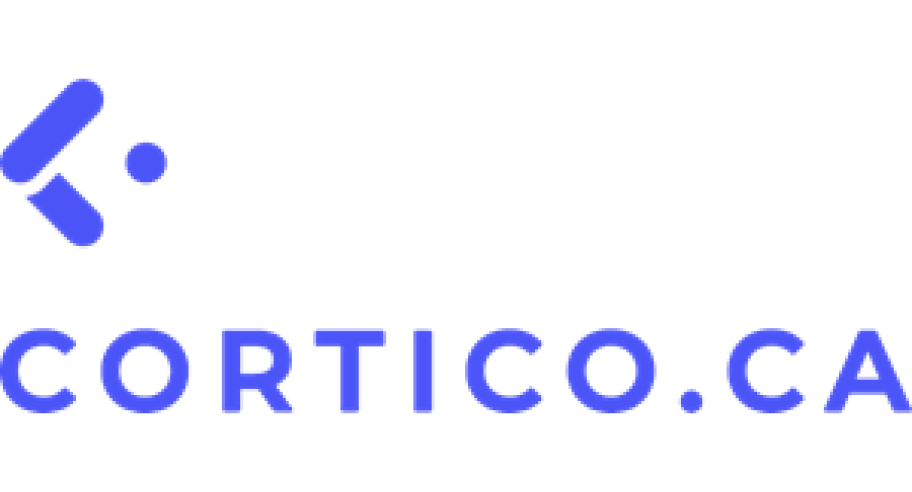







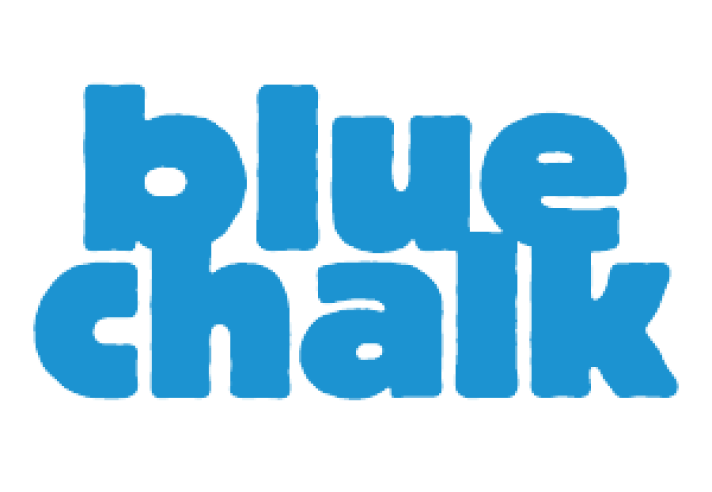
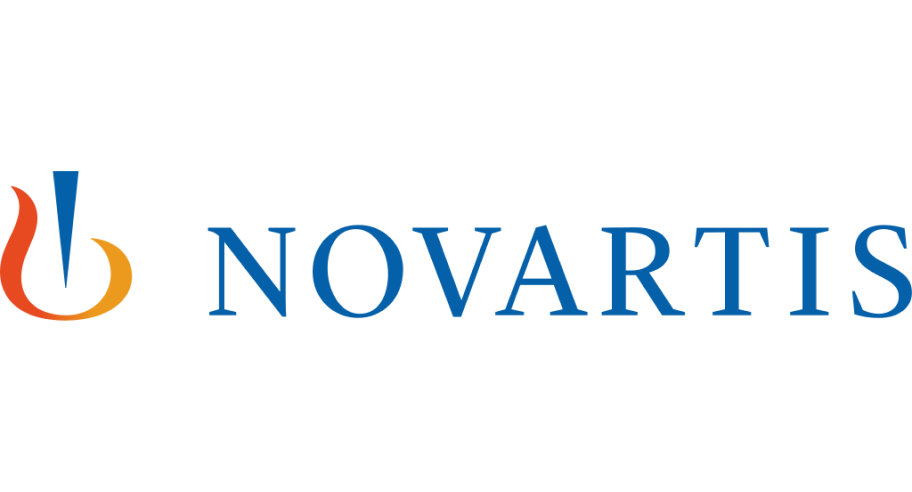
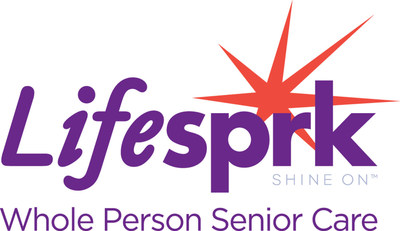
Our in-person interpreters are fully accredited
by one of the following leading US organizations:



Frequently Asked Questions

With nearly 1 in 5 U.S. residents speaking a language other than English at home, telehealth interpreting has become essential for a wide range of healthcare providers.
This includes telehealth platforms, virtual urgent care clinics, primary care and specialist practices, mental and behavioral health services, chronic care management, and remote patient monitoring services. These providers serve diverse populations where accurate communication is crucial—often making the difference between effective care and preventable health disparities.
Case Studies

How EPPA Fixed Interpretation Gaps

Fighting with Interpreter Shortage at the University Cancer & Blood Center (UCBC)

